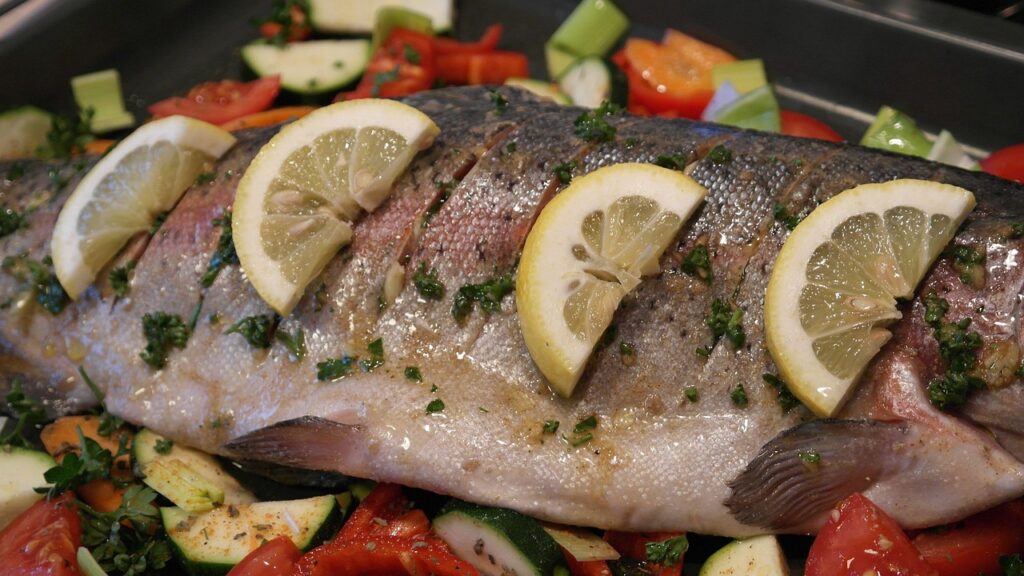
Vitamin D
What is Vitamin D? A fat-soluble vitamin that functions like a hormone. It is unique because your body can make it through sun exposure, but it can also be consumed through food and supplements.
Two forms:
- Vitamin D3 – cholecalciferol – found in animal-based foods and made in the skin
- Vitamin D2 – ergocalciferol – found in some plant-based sources and fortified foods
Function | Role of Vitamin D |
|
Bone Health | Helps absorb calcium and phosphorus for strong bones | |
Immune System | Modulates immune response and helps to fight infections | |
Mood and Mental Health | Low levels linked with depression and cognitive decline | |
Muscle Strength | Supports muscle function, reducing risk of falls in the elderly | |
Too Little Vitamin D:
- Rickets – in children – bone deformity, seizures, dental abnormalities, developmental delay
- Osteomalacia or osteoporosis – weak bones and fractures in adults
- Fatigue, muscle pain – often subtle
- Frequent illness
Groups at Risk for Deficiency:
- Those with limited sun exposure (northern latitudes, indoor lifestyle)
- Breastfed infants
- Darker skin tones (need more sun to make vitamin D)
- Older adults
- Obesity or fat malabsorption (celiac, Chron’s, cystic fibrosis, ulcerative colitis)
Too Much Vitamin D (from supplementation):
- Nausea, vomiting, weakness
- Kidney stones, kidney failure
- Calcification of soft tissues
- Cardiac arrythmia, death
- No risk of toxicity from sun exposure or food alone
Just Right (adults):
Recommended 600-800 IU/day
Medication Interactions
(consult your doctor)
- Orlistat (weight loss)
- Statins (cholesterol)
- Steroids
- Thiazide diuretics
Food Sources
Animal
- Fatty Fish – best natural source of D3 – trout, salmon, tuna
- Cod Liver Oil – extremely high in D, but also A (watch dosing)
- Egg Yolks
- Butter and Liver
Fortified
- Dairy – cow’s milk, oat, soy and almond
- Cereals
Plant based
- UV-Exposed Mushrooms – only significant source of D2
Cooking tip:
Vitamin D is fat-soluble, so it’s best absorbed when eaten with a source of fat (oil, avocado, nuts).
Reference: Vitamin D – Health Professional Fact Sheet